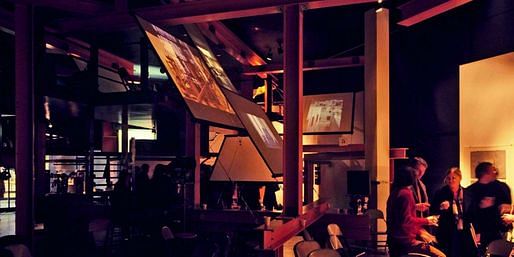
Participants: CASE members Stanford Anderson, Anthony (Tony) Eardley, Peter Eisenman, Kenneth Frampton, Robert Kliment, Donlyn Lyndon, Michael McKinnell, Henry (Hank) Millon, Jaquelin (Jaque) Robertson, and Thomas (Tim) Vreeland, plus Robert Goodman, K. Michael Hays, Sylvia Lavin, Reinhold Martin, Joan Ockman, Felicity Scott, Anthony Vidler, and faculty and students from the History, Theory, and Criticism of Architecture and Art program at MIT.
Michael Graves, a member of CASE, passed away on March 12, 2015. His life, and his contributions to architecture, will be long remembered.
In 1964, a group of young architects got together to form CASE, the Conference of Architects for the Study of the Environment. Instigated by a young, recent doctorate from the University of Cambridge, Peter Eisenman, the group contained a swath of architectural intellects then newly stepping into American universities, many of whom would become formative institutional and intellectual forces in their own right: Kenneth Frampton, Michael Graves, Richard Meier, John Hejduk, Stanford Anderson, Hank Millon, and the older, redoubtable Colin Rowe. Their discussions included issues from pedagogy to practice, from the relevance of the discipline to the necessity of interdisciplinarity. They organized meetings and conferences at several east coast universities, and broadcast their work through an exhibition at MoMA and a teach-in at the University of Oregon. These events produced the impetus for later developments in the field, both in terms of collaborations and conflicts. The conflicts include Robert Venturi’s snub to the group, setting up the ground for the later “Whites and Grays” debate; the collaborations would find fruition in the formation of the Institute for Architecture and Urban Studies in New York and the Museum of Modern Art events leading to the publication of the New York Five. Less known are CASE’s interest in community engagement, their entanglements with the politics and counter-culture of the late 1960s, and their relationship to the formation of history curricula and doctoral programs within American schools of architecture.
Fifty years after the formation of the group, Stanford Anderson’s essay “CASE and MIT: Engagement,” included in the compendium titled A Second Modernism: MIT, Architecture and the 'Techno-Social' Moment (MIT, 2013), produced a rich memoir of the group’s meetings and discussions. Our conference Revisiting CASE follows up on this initial research to revisit the group’s discussions and conversations in the 1960s and early 1970s. Participants will include the original CASE members as well as noted scholars of the history of modern architecture in North America. In their initial meeting, Colin Rowe talked about the prospects of the group as best realized in a state of ‘productive disunity.’ Revisiting CASE will revisit this disunity through the key issues that sparked debate within the group—inspiring collegiality as well as discord. The conference positions these events as a key chapter in the evolution of contemporary architectural discourse.
For a full schedule, please visit: https://architecture.mit.edu/history-theory-and-criticism/event/revisiting-case


All images courtesy Stan Anderson / MIT.
No Comments
Block this user
Are you sure you want to block this user and hide all related comments throughout the site?
Archinect
This is your first comment on Archinect. Your comment will be visible once approved.